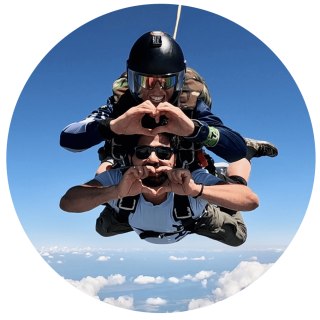Skydiving Jump Planes
DZ News
Posted by: Parachute Ottawa
6 months ago
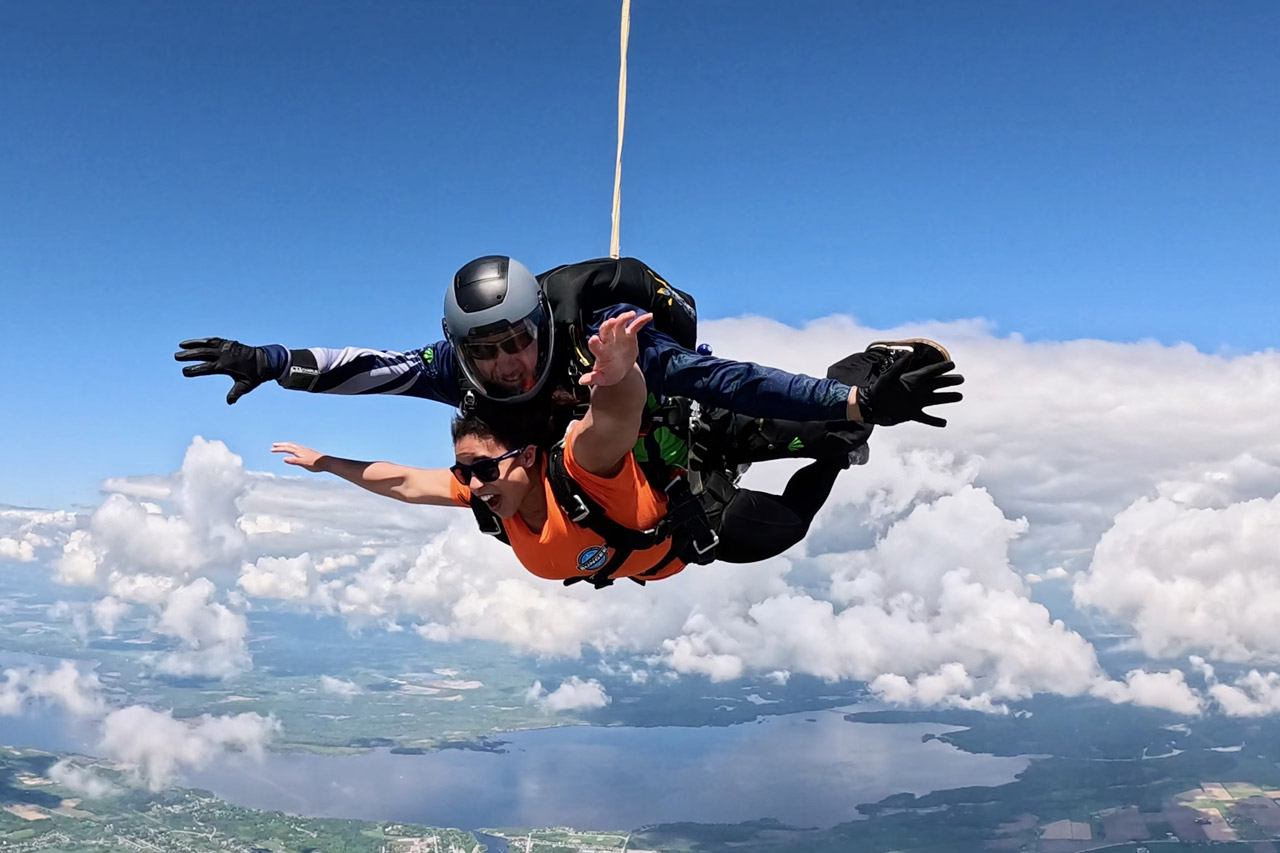
When we think about skydiving, the first thing that comes to mind is the thrill of freefalling at 120 mph! But what about how we actually get to altitude? Many are surprised when they see skydiving planes for the first time – these aren’t your typical commercial airliners. Skydiving planes, or jump aircraft, are specially customized to get us to the right height for a safe jump.
Naturally, questions start to arise: What kind of planes do skydivers use? What height do you jump out of a plane skydiving? How fast does a skydiving plane go?
Understanding these aircraft is key to appreciating the full skydiving experience. Let’s take a closer look at the different types of skydiving planes that make it all possible.
Popular Skydiving Planes
The type of planes we jump out of runs the gamut – small and affordable, bigger, more roomy, faster, different door configurations – there are a variety to choose from! Here we’ll focus on the most popular skydiving planes as these are the ones you are most likely to encounter when skydiving in North America.
Cessna 182
The Cessna 182 is a familiar sight in the skydiving community, particularly at smaller dropzones. Known for its affordability and reliability, it accommodates up to four people (including two tandem pairs or four solo skydivers), with skydivers seated on the floor. Cessna 182s generally reach about 10,000 feet of altitude for jumping. While it climbs at a more moderate pace and typically operates at lower altitudes than larger aircraft, it’s a plane that many jumpers have fond memories of and is considered one of the workhorses of the skydiving community.
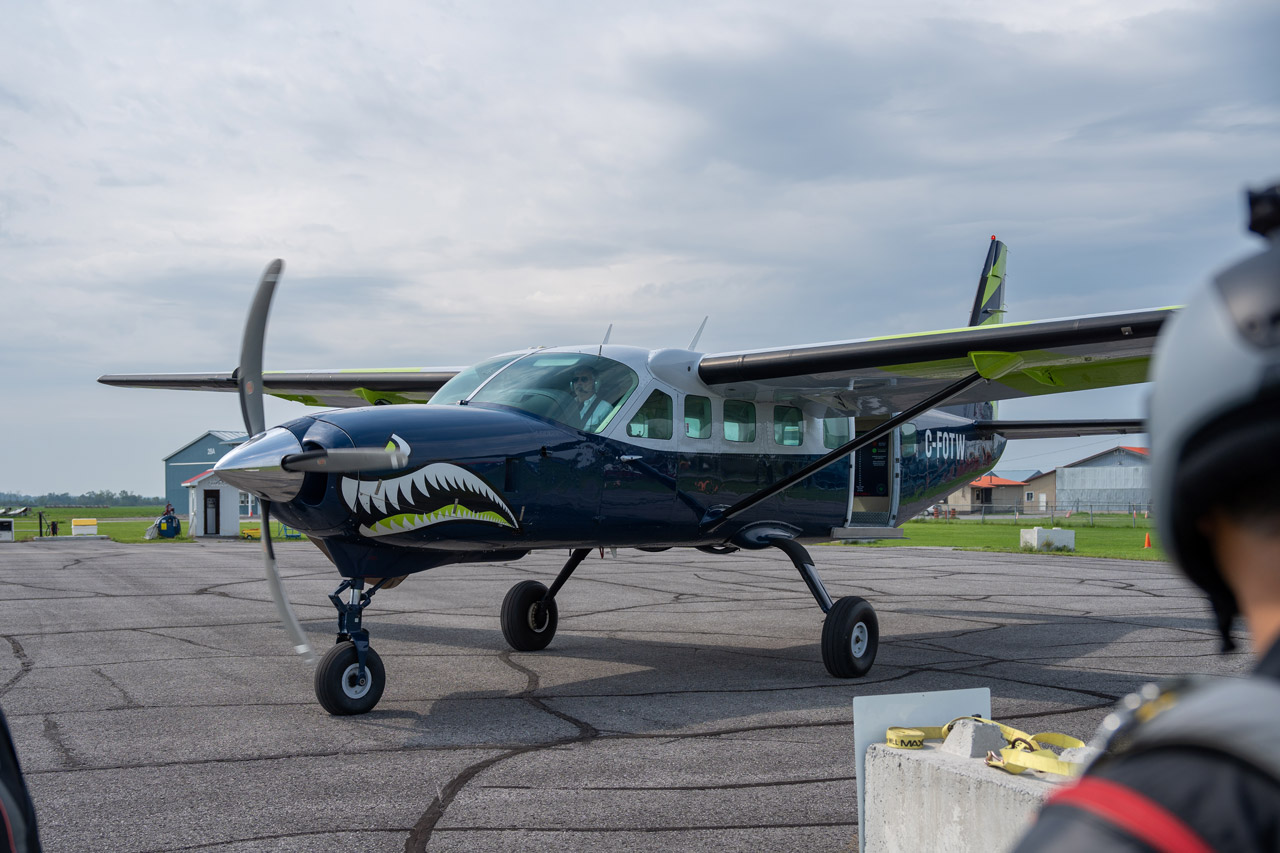
Cessna Caravan
While the name Cessna may bring to mind the smaller 182, the Cessna Caravan has a lot more room for skydiving activities. In fact, the Caravan is ‘the most produced single-engine utility prop of all time!’ It’s known for being reliable, efficient, and quite comfortable. Caravans fit a decent number of passengers and get to altitude quickly and in style.
Our own Caravan – the handsome and toothy Bruce – reaches a jumping altitude of 12,500 feet in about 20 minutes! That’s barely enough time for your pre-jump jitters to kick in. Fully equipped with benches, a large door for easier exits, and room for up to 16 jumpers, Bruce is truly a skydiver’s dream.
PAC 750
The PAC 750 is a popular skydiving plane, especially at mid-sized dropzones, thanks to its speed and efficiency. Designed specifically for skydiving, the PAC 750 can carry up to 17 jumpers and has a quick climb rate, reaching 12,000 feet in about 10 to 15 minutes. It has a side door similar to the Caravan and room for benches.
Twin Otter
The Twin Otter is slightly bigger than the Caravan, with two engines instead of one and space for more jumpers. Like the Caravan, the Twin Otter reaches jump altitude quickly and can carry up to 22 jumpers. It’s also capable of reaching higher altitudes and is ideal for jumps exceeding 14,000 feet above sea level when supplemental oxygen is required. For large skydiving events – like world record attempts, where multiple plane loads of jumpers exit at the same time to meet in the sky – you’ll often find a combination of Twin Otters and Skyvans working together.
Skyvans
Skyvans aren’t as common at dropzones as you might think, but they’re still a recognizable part of the skydiving world. Popular for military training, these aircraft have a distinctive rear exit gate. They kind of resemble a flying milk carton! However, their wide-body design allows for easy maneuvering inside and accommodates up to 20 jumpers, making it perfect for military applications or special skydiving events.
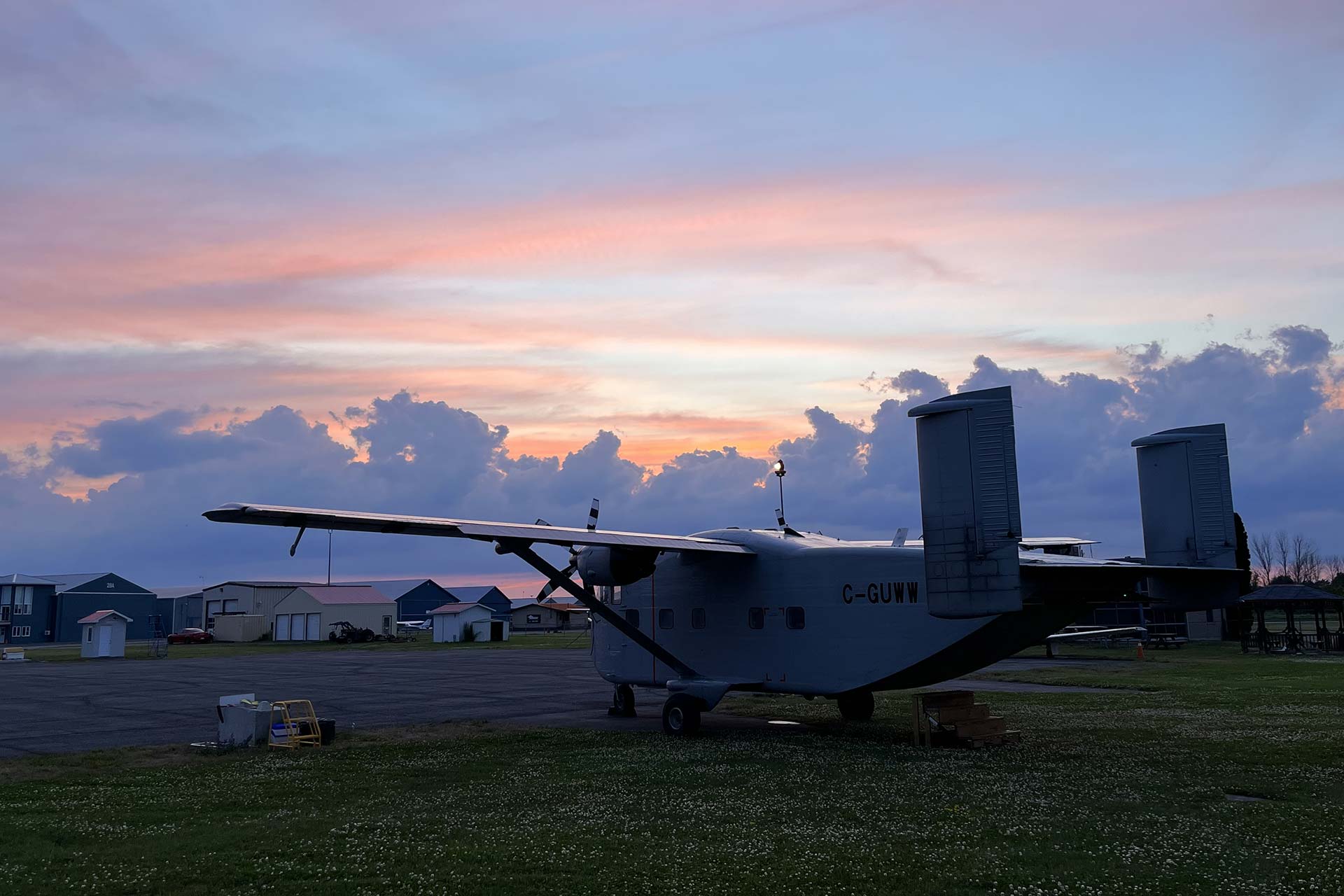
Speciality Aircraft
The fun doesn’t stop there! Skydivers have a diverse array of aircraft to jump from, depending on the dropzone and the occasion. From biplanes and helicopters to the thrilling option of jumping from a DC-9 jet, the possibilities for your skydiving adventure are nearly endless. Each of these specialty aircraft brings its own unique factor to the experience, offering something truly unforgettable for those looking to mix it up from the traditional jump planes.
Thanks to the length and configuration of our 4,000-foot runway and our ability to fuel on-site, we can bring in additional aircraft as needed for civilian and military parachute training or special events. Whether it’s a Skyvan, Twin Otter, Sherpa, or even the massive C-130 Hercules, we have the flexibility to bring in the right aircraft for the job. No matter which one you take off in, every flight offers a new perspective on your skydiving adventure.
Let’s Jump
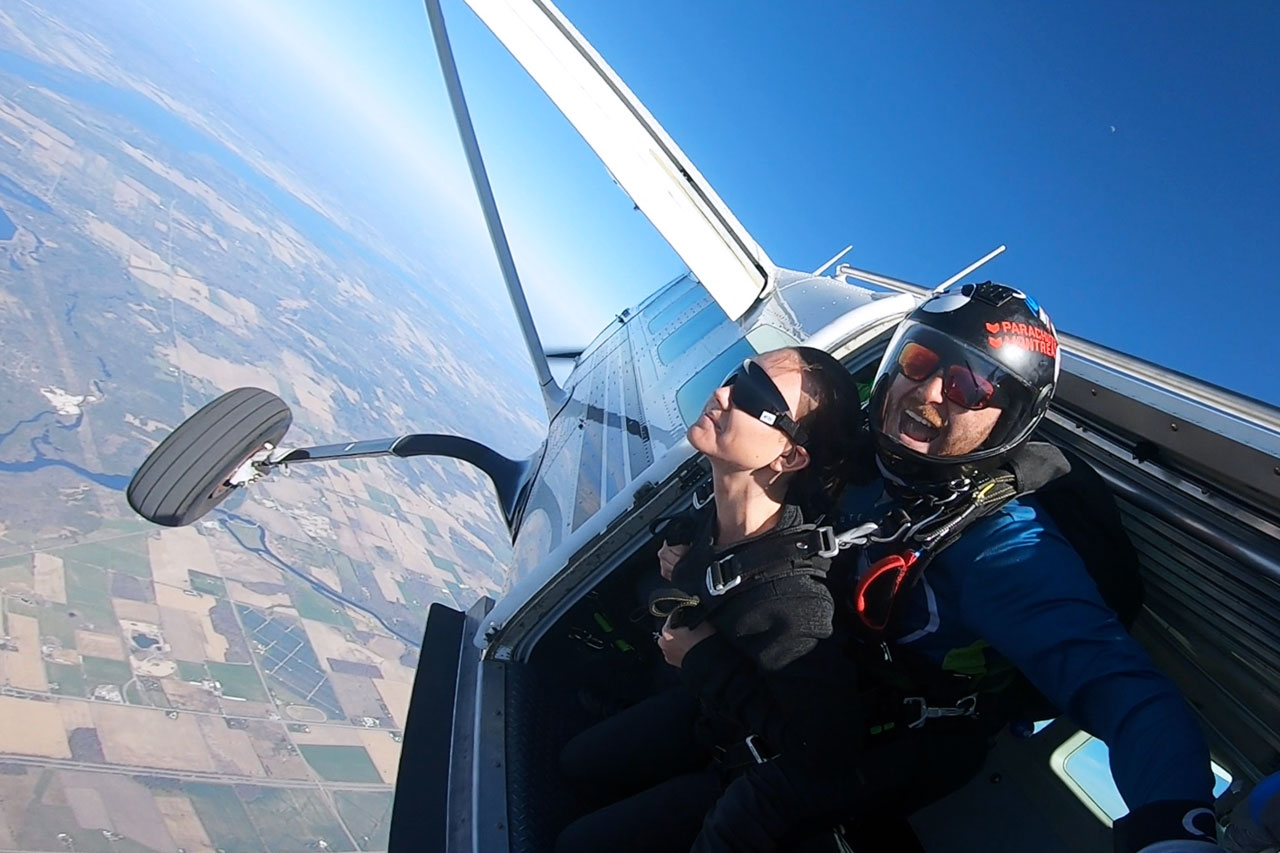
Ready to experience the thrill of jumping out of a perfectly good airplane for yourself? Book your jump with us (and Bruce!) and discover why skydiving is so much more than just freefalling – it’s a life-changing journey from takeoff to touchdown! Blue skies!
Categories:
You May Be Interested In:
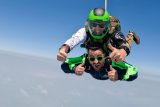
Skydiving Age Limit: How Old Do You Have to Be to Go Skydiving?
3 weeks ago by Thu Thi
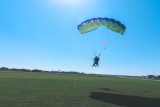
How Do Skydivers Know Where to Land?
2 months ago by Parachute Ottawa
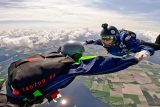
Understanding the Skydiving Student Program Pathway
2 months ago by Parachute Ottawa
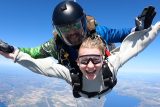
Skydiving Anxiety and How You Can Prepare
4 months ago by Parachute Ottawa
